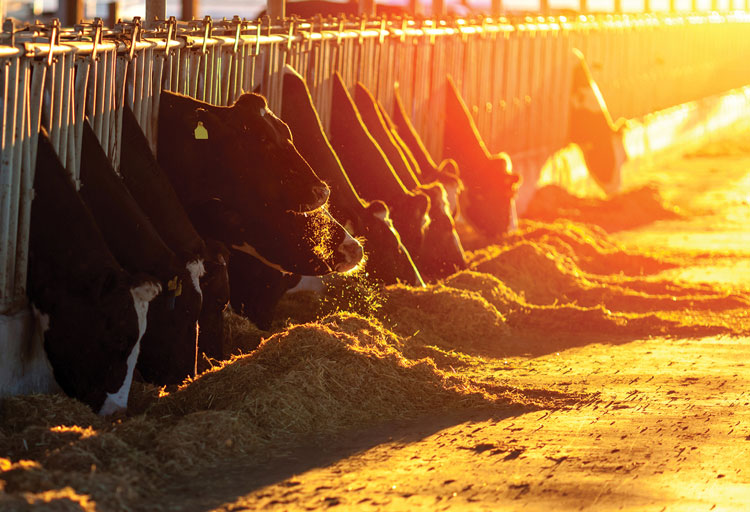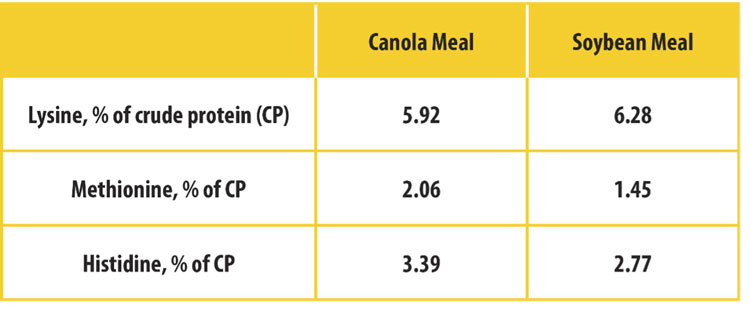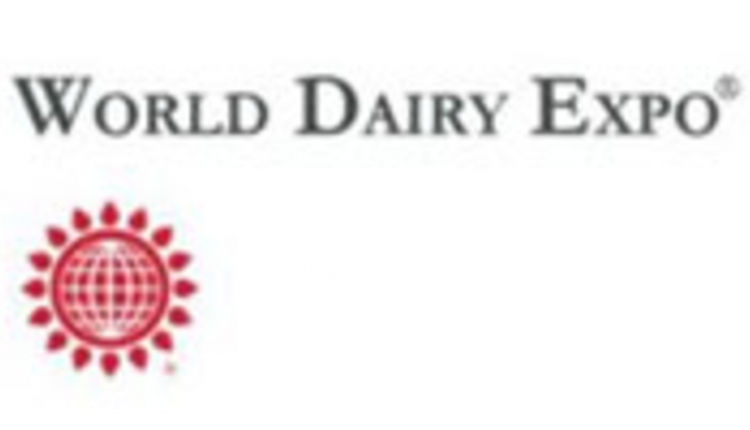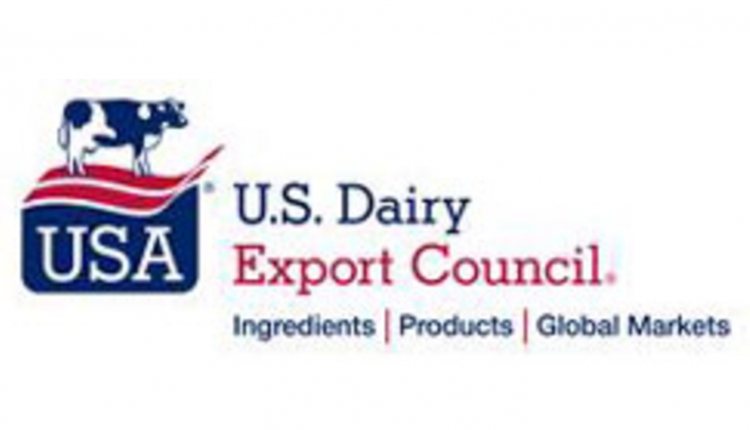The information below has been supplied by dairy marketers and other industry organizations. It has not been edited, verified or endorsed by Hoard's Dairyman.

On most dairies, the million-dollar question is “How do I put more milk in the tank?” One potential answer lies in improving persistency, or helping cows maintain milk production after they peak.
“Persistency is about cows producing high-quality milk at high volumes for as long as they can,” said Jordan Kuehnl, Ph.D., dairy consultant at Renaissance Nutrition, Inc. “Cows reach their peak milk lactation and try to sustain this level of production, while also replenishing their body weight and maintaining their reproductive processes. The longer we can help cows maintain persistency, the better it is for our bottom line.”
Persistency is also indicative of a healthy herd. Cows that produce more milk post peak while in positive energy balance are less likely to be over-conditioned at dry-off. “Dairy producers, nutritionists, veterinarians and farm employees work hard to get cows through the most vulnerable phases of the lactation cycle — the dry period and early lactation — so they can reap the rewards of peak milk production and post-peak milk production,” Dr. Kuehnl explained. Peak milk production can occur anywhere from four to 12 weeks after calving, so over two-thirds of the lactation cycle occurs after peak milk production.
Can you improve persistency?
“Improving persistency on the dairy has been an elusive task for producers,” stated Essi Evans, Ph.D., E&E Technical Advisory Services Inc. “It was thought to be mainly controlled by genetics, but influencing persistency through genetics is limited.” The heritability index is low, at about 0.10 to 0.15.1,2
But we’ve learned over the past decade that nutrition can also play a part in improving persistency and total milk production. A new research study showed that protein can be especially important.
The impact of protein choice on persistency
Dr. Kuehnl and his supervising professor, Dr. Kenneth Kalscheur, conducted a trial at the U.S. Dairy Forage Research Center in 2022, comparing canola meal to soybean meal over a 10-week feeding period.3 The cows averaged 85 days in milk (post peak) when the trial started and the standard days in milk deviation was 7 days.
Cows on the canola meal diet showed greater persistency than cows that were given the soybean meal diet. At four weeks into the study, cows on the canola meal diet produced 2.9 lbs more. At 10 weeks, cows on the canola meal diet jumped to producing 7.2 lbs more, demonstrating that protein choice can significantly impact persistency.
Figure 1. Differences in milk yield over the duration of the feeding trial3

SBM = soybean meal; CM = canola meal
“Based on the current research out there, I was expecting to see cows fed the canola meal diet performing better with regard to dry matter intake and milk yield, compared to the cows fed the soybean meal diets,” said Dr. Kuehnl. “But I was really surprised to see that cows fed the canola meal diet experienced a rate of milk production decline only half as drastic as the cows fed the soybean meal diet.”
How to pick the right protein for your dairy
The bump in milk production in cows fed canola meal compared to soybean meal is thought to be due to the higher methionine content in canola meal. Methionine is an essential amino acid, and considered the first limiting amino acid for milk protein production.
“When deciding between different protein sources, we want to consider what the amino acid profiles are,” noted Dr. Evans.
Dr. Kuehnl agreed and added, “Soybean meal is a good protein source in terms of lysine, but when considering methionine and histidine, canola meal becomes the better option. To be able to get down to the heart of the matter, we need to test all the feed ingredients on the farm to determine what the amino acid needs are.”
Every herd is different, so talk with your nutritionist about the right protein option for your animals.

Boosting milk production is a team effort
“You can’t hit a persistency stride without strong management,” concluded Dr. Kuehnl. “We need to be diligent about controlling stress and keeping cows healthy.” Work with your veterinarian, nutritionist and employees to create a comprehensive herd health and nutrition program that’s tailored to your operation’s needs.
References:
1 Gengler N. Persistency of lactation yields: a review. Interbull Bulletin 1996; (12).
2 Dekkers JCM, Ten Hag JH and Weersink A. Economic aspects of persistency of lactation in dairy cattle. Livestock Prod Sci 1998;53(3):237–252.
3 Kuehnl J and Kalscheur K. 2022. Production effects of feeding soybean meal versus canola meal to dairy cows with low and high residual feed intake. J Dairy Science 105(Suppl 1):71.
About Canolamazing
Canola meal is a coproduct of canola processing and is approximately 36 percent crude protein, with a high bypass protein value and amino acid profile well suited for milk production. Because of its high protein content, canola meal is often used as a protein supplement for animal feeds, including dairy rations. Visit www.canolamazing.com to learn more.


